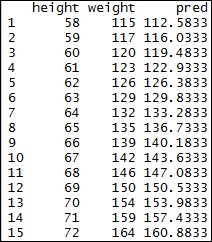In this chapter, we will consider regression from an analytics point of view. We will look at the predictive capabilities and performance of regression algorithms, which is a great start for the analytics program. At the end of this chapter, you'll have experience in simple linear regression, multi-linear regression, and k-Nearest Neighbors regression using a business-oriented understanding of the actual use cases of the regression techniques.
We will focus on preparing, exploring, and modeling the data in R, combined with the visualization power of Tableau in order to express the findings in the data.
Some interesting datasets come from the UCI machine learning datasets, which can be obtained from the following link: https://archive.ics.uci.edu/ml/datasets.html.
During the course of this chapter, we will use datasets that are obtained from the UCI website, in addition to default R datasets.




